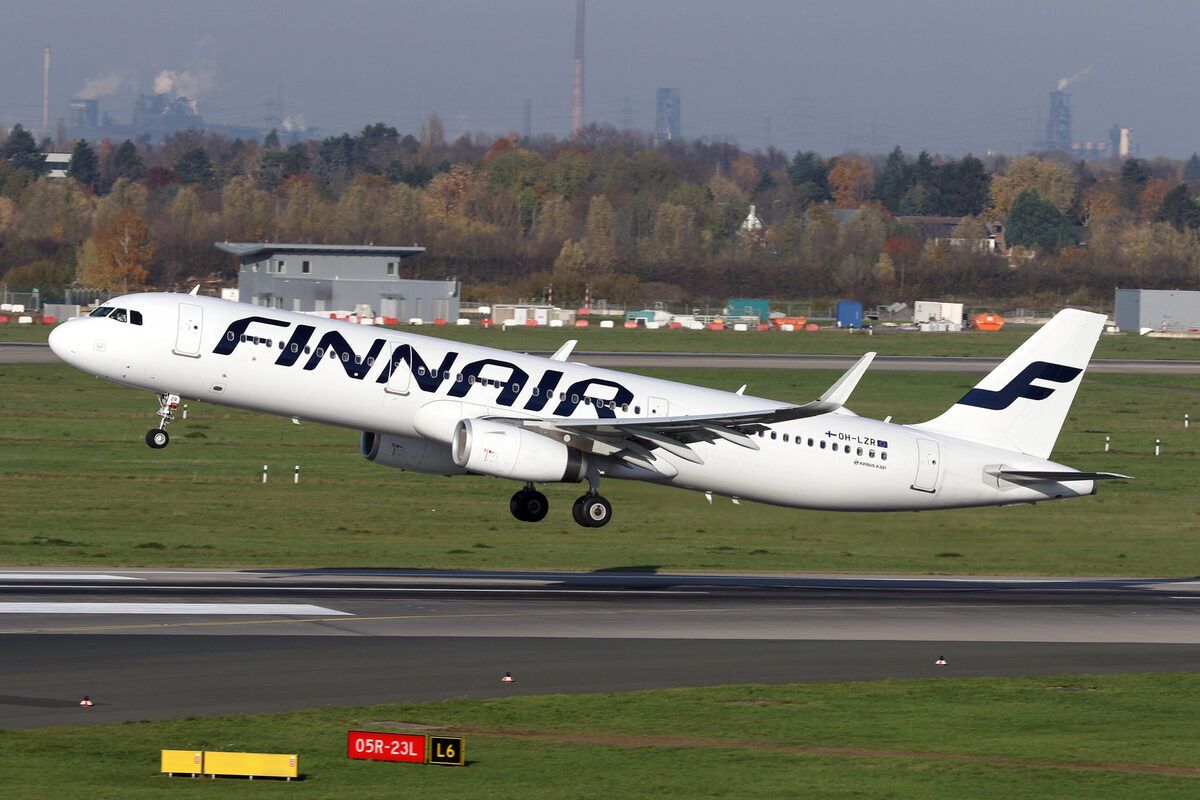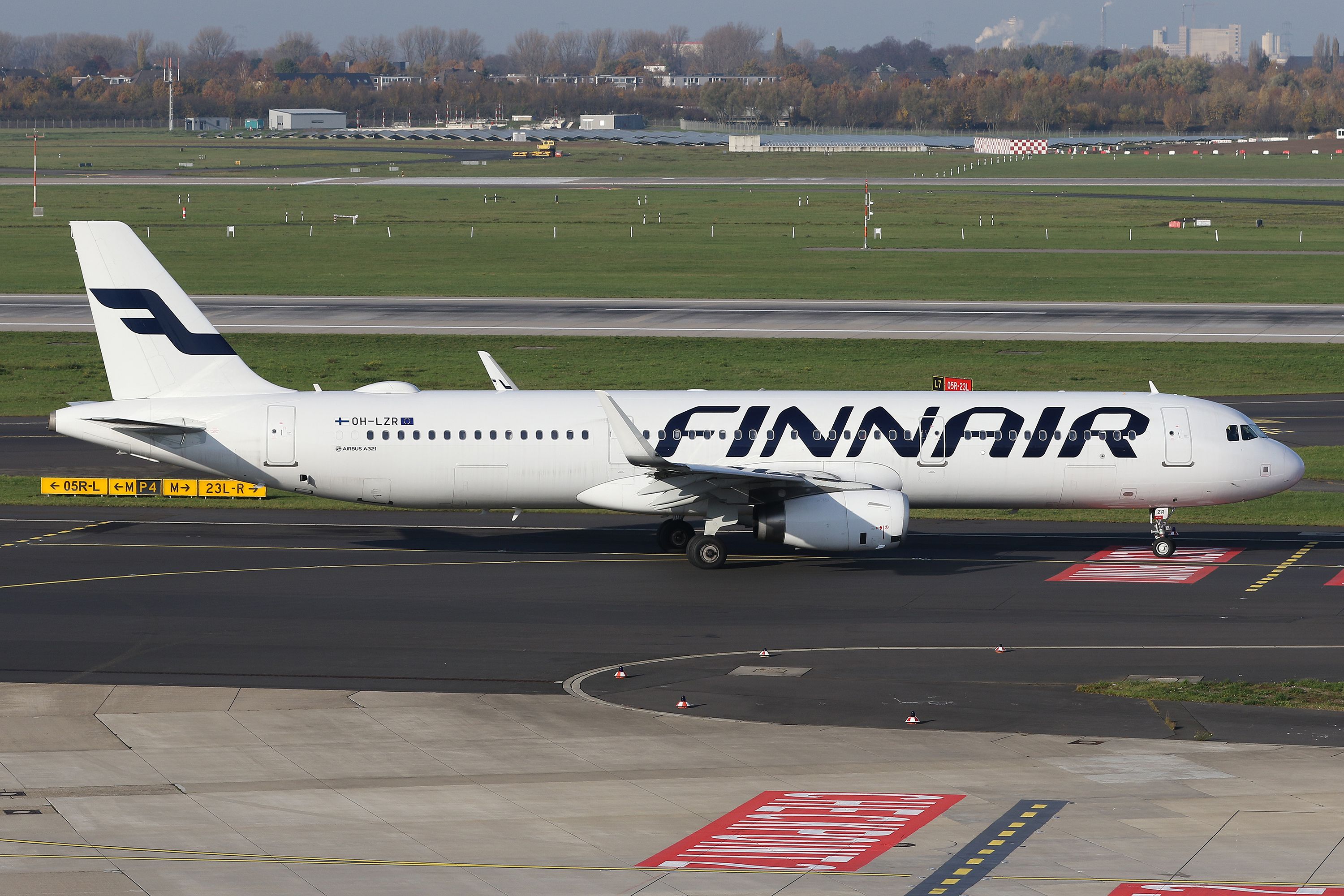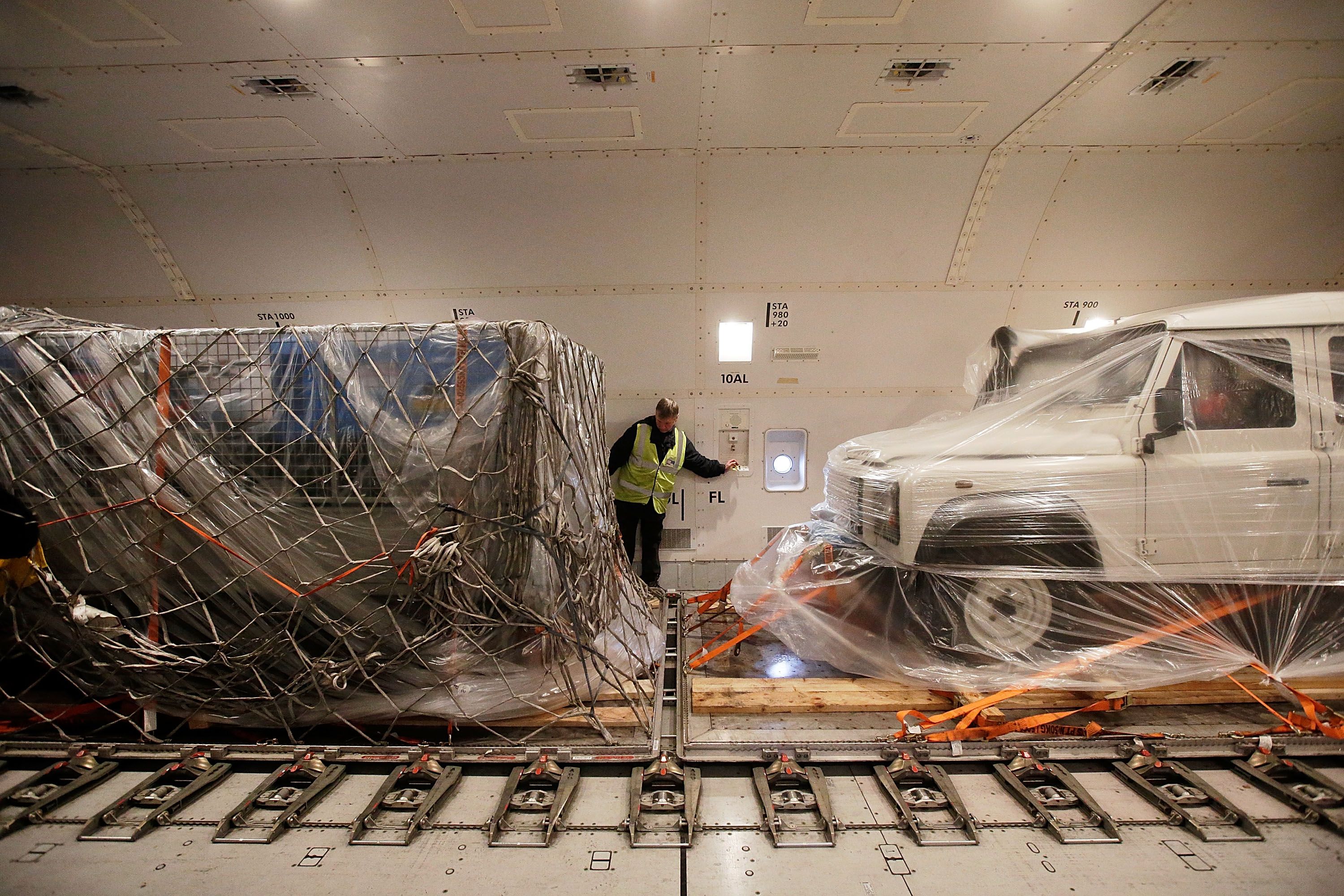The Finnish flag carrier told Simple Flying that the retired aircraft would soon be converted to freighters. All four aircraft will be sold to new owners who plan to sell the engines to resellers and transform the fuselage to be fit for cargo operations. Since delivery, Finnair has been the only operator of these planes, but they are likely to be separated post-conversion.
The airline said in a statement,
“This spring, Finnair are saying goodbye to four of their oldest Airbus A321 aircraft – three of which are the oldest aircraft in the Finnair fleet. These jets have reached the end of their economic life cycle, after carrying customers for a combined total of nearly 90 years. Finnair has mainly used these planes for short-haul flights in Europe, and the retirement of these aircraft will lead to a reduction in the average age of the Nordic carrier’s fleet – helping to reduce their carbon emissions and improve fuel efficiency.”
Finnair currently operates a diverse fleet of narrow and widebody passenger jets comprising over 80 aircraft, 19 of which are Airbus A321-200s. The airline uses its A321s to connect several domestic along with some international destinations to Helsinki (HEL).
The aircraft in question
Simple Flying has learned the ill-fated aircraft are registered as OH-LZA, OH-LZB, OH-LZC, and OH-LZD. Notice how the last letter starts with “A” and continues in alphabetical order? That’s because these four were the first Airbus A321s delivered to Finnair. OH-LZA was delivered to Finnair on January 28th, 1999, followed by OH-LZB on March 4th the same year, OH-LZC on March 8th, 2000, and OH-LZD on June 9th, 2000. The airline continued this sequence for the rest of its A321 and has reached OH-LZU. Letters “J” and “Q” have been skipped for unknown reasons.
The four soon-to-be-converted aircraft have an average age of approximately 22.5 years, while Finnair’s entire A321 fleet is 10.7 years old on average. With four of the oldest birds gone, that figure will drop to just 7.6 years.
The final journey
According to data from FlightRadar24.com, all four aircraft were kept in storage at HEL when the pandemic hit in March 2020. In November of the same year, OH-LZA, OH-LZB, and OH-LZD were moved to Václav Havel Airport Prague (PRG). Ch-aviation also shows OH-LZC sitting on the ground at PRG, but there are no available records depicting the flight from HEL to PRG.
Nevertheless, we think Châteauroux (CHR) airport in France is the ultimate destination for these planes, where they will undergo the conversion from passenger to freighter aircraft. OH-LZA and OH-LZB have already made their way to CHR on February 12th and February 23rd, respectively. The remaining aircraft are expected to undertake the journey soon.
Growing popularity of A321 freighters
Frequent border closures and restrictions on passenger travel forced by the pandemic have made several airlines think twice about their operations. More carriers are keen to develop robust cargo carrying capacity using old passenger aircraft, and the Airbus A321 seems to be the aircraft of choice for several airlines.
A few days ago, Latvia-based charter airline SmartLynx announced plans to procure six P2F converted Airbus A321s. Other parties interested in the type include Lufthansa, Indian low-cost carrier IndiGo, and Global Crossing Airlines, among others.



